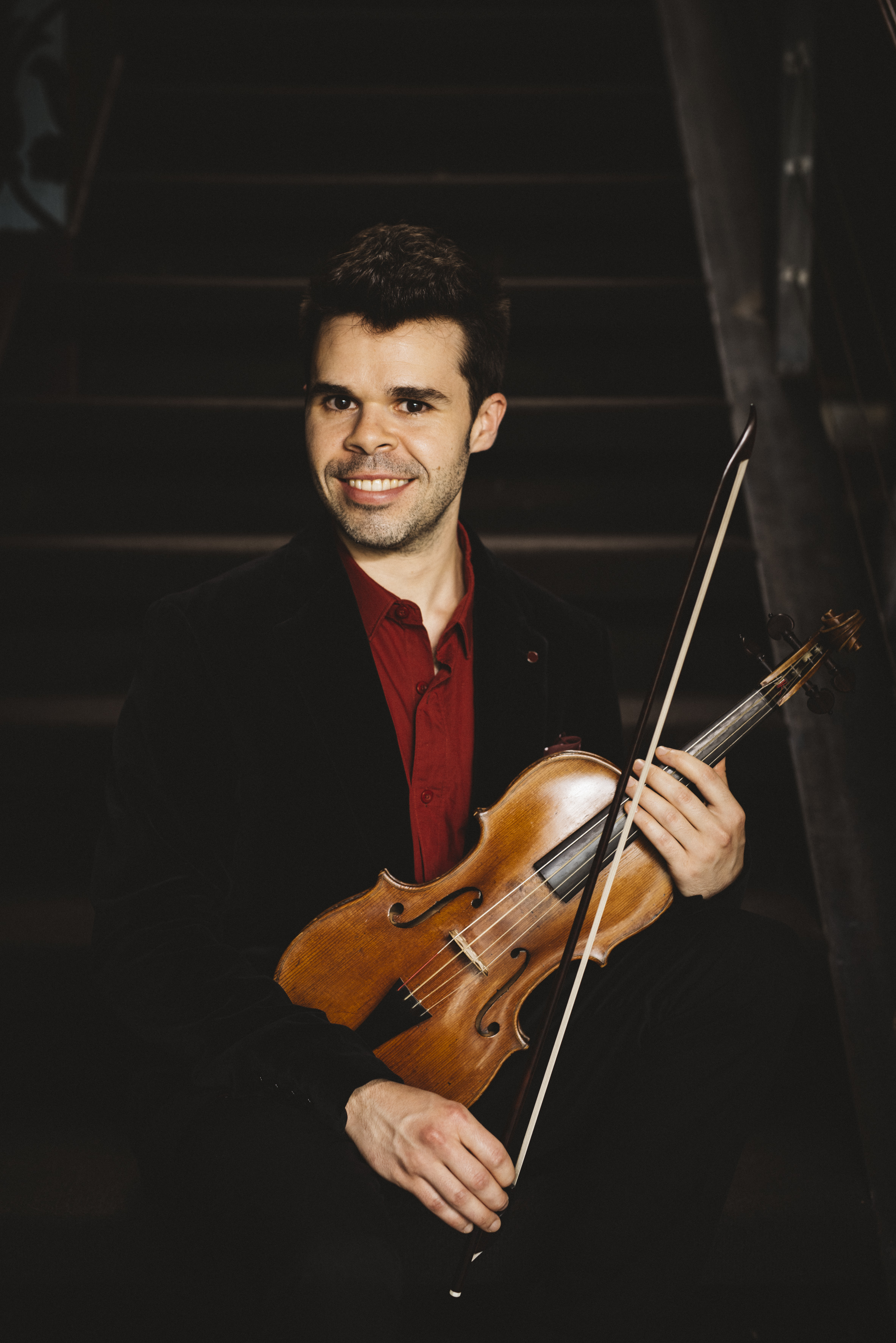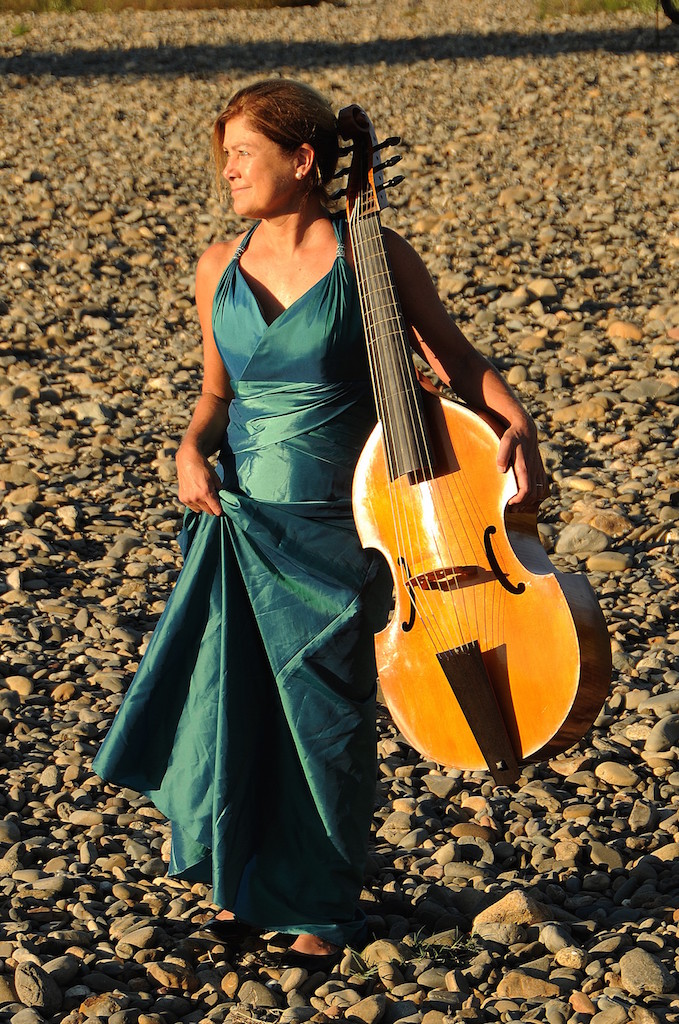Two of Sydney’s finest early music ensembles, The Marais Project and The Muffat Collective, in a once-off collaboration!
Music by:
- Jean-Baptiste Lully – “Prologue” from Armide “tragédie en musique” (1686)
- Marc – Antoine Charpentier (1643 – 1704) – Suite in D minor
- Georg Philipp Telemann (1681 – 1767) – Suite for viola da gamba in D major
- François Couperin (1668 – 1733) – La Sultanne
- Johann Bernhard Bach (1676 – 1749) – Overture in G minor
———————————————-
Our upcoming program, Marais meets Muffat, is a true celebration of collaboration. It’s not only the coming together of two specialised, period instrument ensembles and our respective patrons but is also testament to a special exchange of music culture that occurred in the late 17th century between France, Germany and Italy. The European musical scene of the time was defined by the merging together of these different national styles resulting in some of the most thoughtful, sensitive and satisfying music from the period.
17th century Germans adored French culture in much the same way that a 14-year old teenager might worship a poster of Justin Bieber on her/his bedroom wall. As American culture had a powerful influence on late 20th century fashion and taste, so it was for Franco-German society. A philosopher of the day, Christian Thomasius goes so far as to claim that “French clothes, French food, French furniture, French customs, French sins, French illnesses are generally in vogue.” (1687). There is no doubt that music should be included on this list.
Jean Baptiste Lully, under the lofty aesthetic ideals of King Louis IX, set the benchmark for a national French music style in his famous orchestra Les Vingt-quatre Violons du Roy (24 violins of the King). Many know Monsieur de Lully for the apparent fame of his untimely demise; stabbing himself in the foot with his large conducting staff resulted in a gangrenous wound of his big toe that would lead to blood poisoning and death. What is interesting about this spurious yet entertaining story is that Lully was one of the first real ‘conductors’ of his time; he would strike his conducting staff or bâton on the ground in order to keep a steady beat for the orchestra. The string players were some of the first to employ a unified set of bowing rules and a hefty rehearsal schedule in a very strict music making environment. Quite simply the orchestra was one of the best of its time. The fame of this legendary ensemble’s playing and Lully’s compositions spread throughout Europe, scholars go so far as to claim it’s spread to Siam!
In contrast to Italian opera, with its endless stream of arias interspersed with recitatives, Lully fashioned comedies and tragédies lyriques, in which dance, by impressive ballet troupes, became the focal point, thus imparting on the entertainments at the court of Louis XIV magnificence unique in the whole of Europe. At times, the overture and the dances that peppered such works were presented in succession, in concert version for instruments alone. This practice eventually became known as the “concert suite,” a French genre distinct from the Italian sonata or concerto. Composers like Georg Muffat (The Muffat Collective’s namesake) studied and documented this tradition, bringing it to Germany and Austria. Muffat and his contemporaries contributed to a fusion of styles that came to define the music of composers like Johann Bernhardt Bach and Georg Phillip Telemann.
The most striking factor in this dissemination of French culture was the handiwork of the aforementioned Monsieur de Lully, who used every means at his disposal to drive the Italians, the Italian style, the Italian manner from France, and to impose his French style with the very hand which had learnt to play violin in Florence. Lully was born in Italy but considered himself a Frenchman at heart. There were however French composers like Francois Couperin, who were bastions for Italian music in France.
Couperin, later referred to as “Le Grand” to distinguish him from his musically gifted family was, next to J.B. Lully, one of the most celebrated French composers of his time. The skilled organist and harpsichord player became familiar with the Italian style largely due to the works of Arcangello Corelli. In the introduction to his famous collection of trios and concerts Les Nations, Couperin tells us he was “Charmed by the sonatas of Signor Corelli, whose works I shall love as long as I live, just as I do the French works of Monsieur de Lully…” He goes on to tell us of how at the first performance of Les Nations, he re-arranged the letters of his surname to create an Italian pseudonym and performed the work under this disguise. Perhaps Francesco Coperuni, or Pecurino, or Nupercio? He tells us “The sonata was devoured with eagerness, and I need not trouble to defend myself. However, I was encouraged. I composed others, and my Italianised name brought me, in disguise, considerable applause.” The fact that Couperin felt the need to initially disguise his work gives us a window into the complex relationship the French had with Italian music at the time.
Couperin came into contact with the Abbé Mathieu, a Catholic priest who apparently amassed one of the largest collections of seventeenth and eighteenth century Italian music in all of France. The priest entertained his obsession at small private gatherings in his beautiful salon, near the church of St Gervaise (where Couperin was employed as organist). Salons like Abbé Mathieu’s were pivotal to musical life in France as they acted as a meeting place for Parisians to refine their tastes through music, art, poetry and discourse. It’s in these small salons and amongst intimate circles of friends, that the French discovered works like La Sultanne. In this work and others like it Couperin was essentially laying out the philosophy which had guided his career, namely a fusing together of the Italian and French tastes. As with many works form this period the Turkish connotations of the title don’t necessarily have any bearing on the music.
Telemann was no stranger to the works of Francois Couperin. He had been given a thorough grounding in every musical style before being appointed as first violin and Kapellmeister to the duke of Eisenach in 1706. It was he whom Johann Bernhard Bach succeeded as Kapellmeister in 1712. Surely the two must have been familiar with each other’s work and playing. Johann Bernhardt was the second cousin to Johan Sebastian Bach. Johan Sebastian and his eldest son, Carl Phillip must have thought highly of highly of his cousin’s compositions as they are both credited as the copyists of the only surviving manuscripts we have of the Suite in G minor. After Johann Bernhard’s death in 1749 (one year before Johann Sebastian’s death), he was remembered by one chronicler as a composer who “wrote many beautiful overtures, arranged in the manner of Telemann.”
Both of these composer’s works represent the ultimate fusion of national styles; two French “Concert Suites” composed by Germans with an Italian style “Concertino” or solo instrumental part overlayed on top. The J.B. Bach suite has a solo violin part played by myself on the baroque violin and the Telemann, a solo Viola da gamba part played by Jenny Eriksson from The Marais Project. It’s in this way that our concert Marais meets Muffat represents the coming together of two ensembles and different styles of music, from a period when sharing and collaborating was at the heart of music making.
Written by The Muffat Collective’s violinist, Matthew Greco
Event Details
When – 3.30pm, July 16, 2017
Where – The Independent, Miller St North Sydney
Price – Adult $37; Concession/under 30 $27; Student $15; Child under 12 $10
Tickets – http://www.theindependent.org.au/marais-project ph (02) 9955 6580


